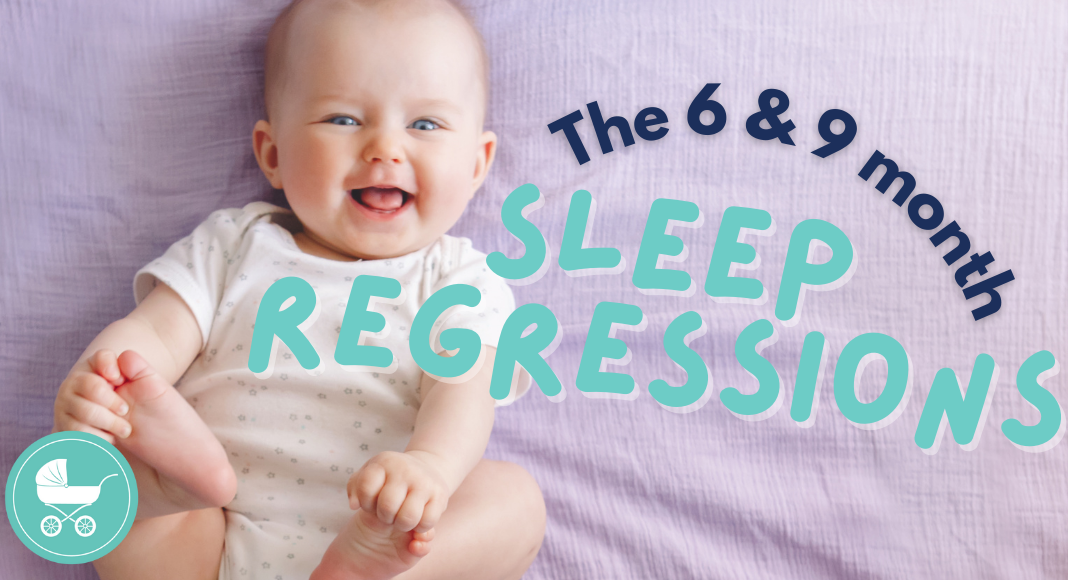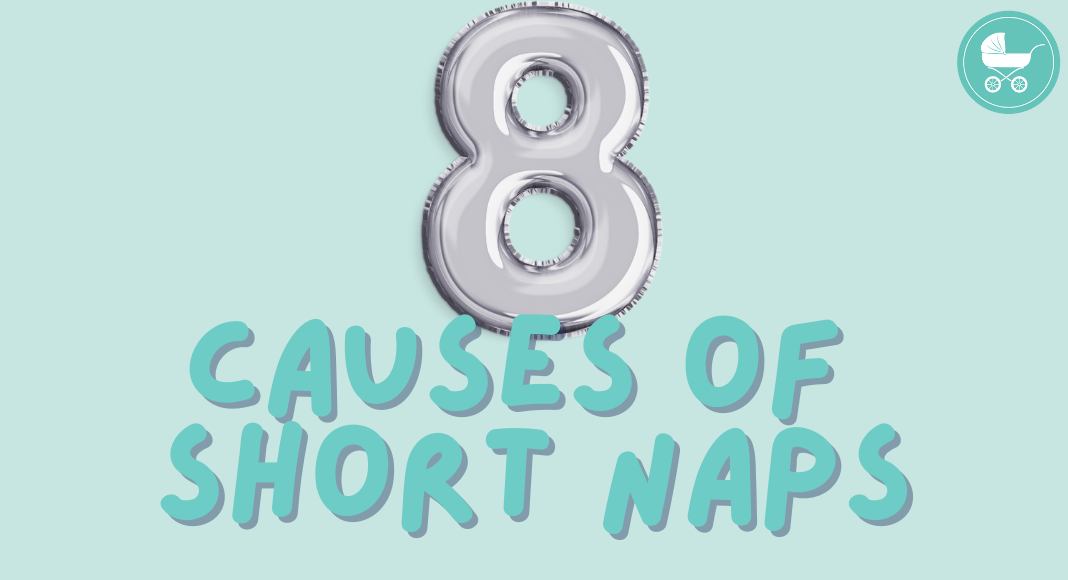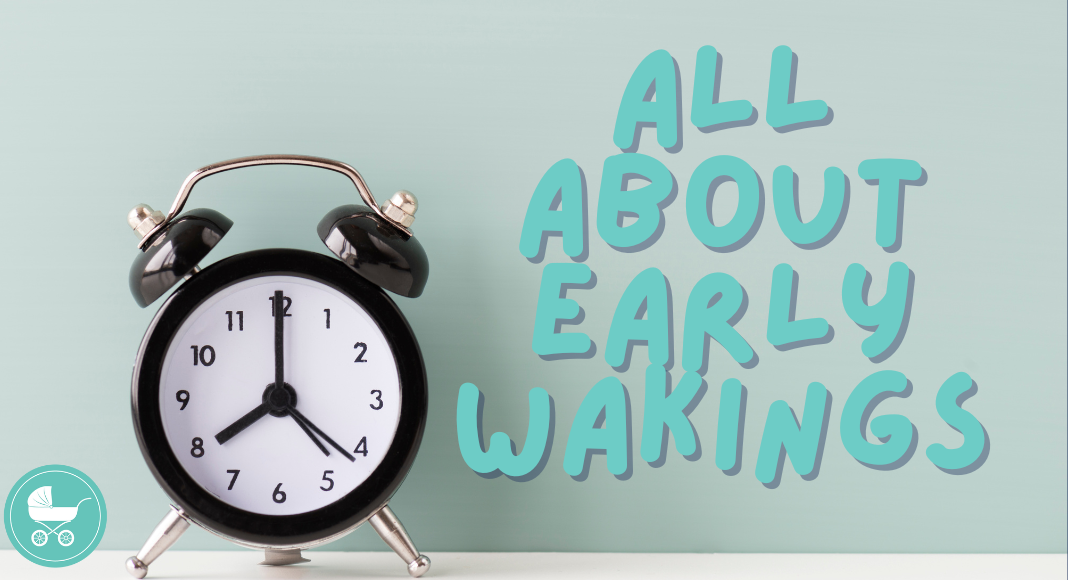
August 14, 2022
Today, we’re highlighting the 6 and 9 month sleep regressions. We’re combining these sleep regressions because they often have the same causes and solutions. As our babies get older, these sleep regressions tend to become more frustrating and a little harder to “fix,” but with some patience and helpful tips, you can help your little […]
The Six and Nine Month Sleep Regressions
Today, we’re highlighting the 6 and 9 month sleep regressions. We’re combining these sleep regressions because they often have the same causes and solutions. As our babies get older, these sleep regressions tend to become more frustrating and a little harder to “fix,” but with some patience and helpful tips, you can help your little one get the sleep they need.
What:
The 6 and 9 month sleep regressions are marked by – you guessed it – disrupted sleep. This includes difficulty falling asleep and/or multiple night wakings. Naps can also be affected by these sleep regressions. You might notice that your little one wants to be held more and is more fussy than usual, likely because she is not getting the proper amount rest. (Teething can also be a culprit of fussiness.)
When:
The 6 month sleep regression can occur as early as 5 months and as late as 8 months, and the 9 month sleep regression usually occurs between the 9th and 10th month. They can last anywhere from two to six weeks. Like the 3-4 month sleep regression, the 6 and 9 month sleep regressions can work themselves out. But sometimes you’ll need to do a little coaching.
Why:
Babies do so much growing and learning in their first year of life, and while these milestones are exciting, they can also cause major sleep disruptions. Around 6 months of age, your baby might be cutting his first tooth, which can be extremely painful. Also, some babies begin sitting up and crawling around this time, and at around 9 months, many babies begin pulling up and “cruising.” It’s not uncommon to see little ones practicing these skills in their cribs when they should be sleeping!
Also, by 6 months, your baby begins to understand object permanence, meaning he knows you still exist when you’re not in the room with him. This might cause some separation anxiety, which can lead to some noisy nights!
What to Do About It:
First, if you suspect your baby is teething, consult your baby’s pediatrician and ask what pain relief medications he or she recommends. You can also check out this blog post Melissa wrote for Southern Mama and Child – it’s full of tips on how to get your baby to sleep while he or she is teething.
If your little one is mastering a new skill, such as crawling or standing up, it’s important to not create new sleep habits – such as rocking your baby to sleep. Instead, lay him back down one time and then proceed with whatever sleep training method you choose. See our blog post on choosing the right sleep training technique for your family for more information.
If you think separation anxiety might be the cause of your baby’s sleep troubles, try the Sleep Lady Shuffle: put your little one down awake and comfort her while sitting next to her crib. Every two or three nights, move farther away from the bed (and closer to the door) while continuing to soothe her. Eventually you will end up outside the door, and within a few weeks you should be able to put her down and walk away knowing your baby or toddler will fall asleep on her own. Check out this blog post for more tips on handling your baby’s separation anxiety. And check out this blog post on handling those hard days or nights when your child wants to be held more.
The 6 and 9 month sleep regressions can be frustrating and exhausting, and if you find you need more assistance or support, fill out our contact form below! We can develop a sleep plan that meets the needs of your entire family! Or if you just want a survival guide on this major sleep regression, purchase yours here.
Get instant access to our free sleep class for children from newborn to 5 years old. You will learn how to get your child to sleep independently -- and all through the night!
Get Your Child To Sleep All Night Long in as Little as 7 Days!
join the free class
THE CLASS


